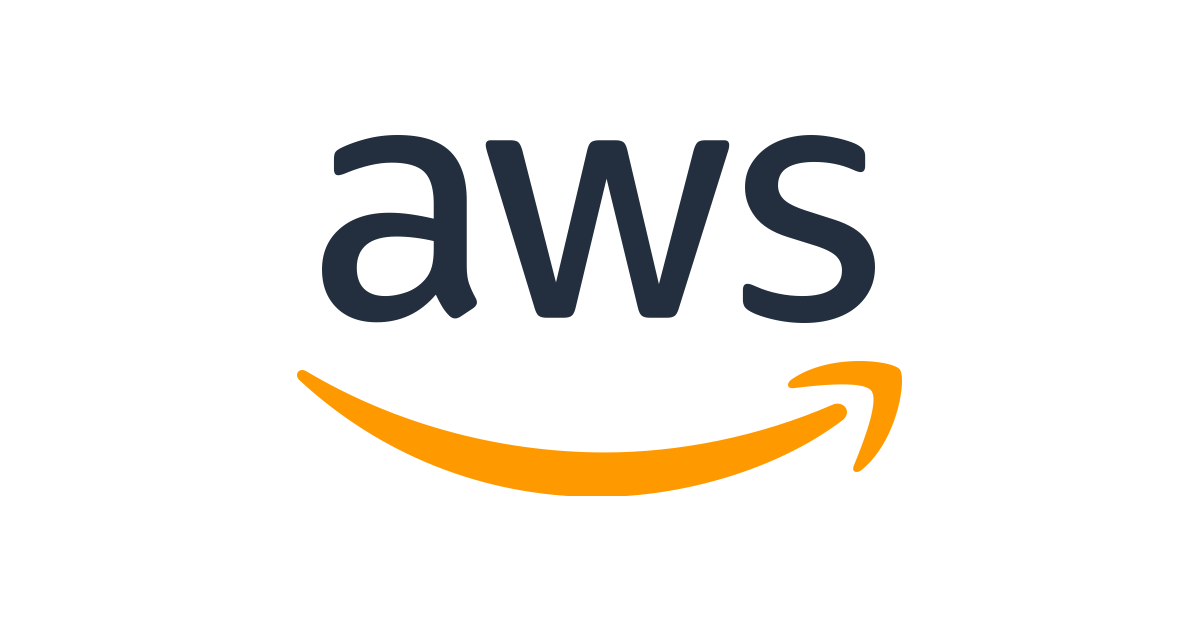|
|
Amazon Web Services (AWS) is the world’s most comprehensive and broadly adopted cloud platform, offering over 175 fully featured services from data centers globally. With the advent of AWS cloud in 2004, business found a new opportunity to have low variable costs and replace high infrastructure expenses upfront. Millions of customers—including the fastest-growing startups, largest enterprises, and leading government agencies—are using AWS to lower costs, become more agile, and innovate faster.
Check out our AWS Certification Reviews on how to prepare for AWS certifications.
What is AWS?
Amazon Web Services (AWS) is the market leader in IaaS (Infrastructure-as-a-Service) and PaaS (Platform-as-a-Service) for cloud ecosystems, which can be combined to create a scalable cloud application without worrying about delays related to infrastructure provisioning (compute, storage, and network) and management.
Quick Glance at AWS Critical Services
While the list of AWS increases with every given day, below are some of the featured services:
Amazon VPC – Isolated cloud resources
Amazon EC2 – Elastic virtual servers in the cloud
Amazon Simple Storage Service (S3) – Scalable storage in the cloud
AWS Lambda – Run code without thinking about servers
Check out FREE AWS FLASHCARDS that include all the services to help you memorize the concepts better.
Amazon Route 53 – AWS DNS service
Amazon Aurora – High-performance managed relational database
Amazon Cloud Watch – Monitor AWS environment
Amazon DynamoDB – Managed NoSQL database
Amazon RDS – Managed relational database service for MySQL, PostgreSQL, Oracle, SQL Server, and MariaDB
Amazon Lightsail – Launch and manage virtual private servers
Amazon SageMaker – Build, train, and deploy machine learning models at scale
Let’s dive into a little bit more detail on some of these.
Amazon VPC – Amazon Virtual Private Cloud (VPC) provisions an isolated section of the AWS Cloud to launch AWS resources within a self-defined virtual network. This gives enterprises complete control over their virtual networking environment. Companies can use Amazon VPC with combined with their own internal network and harness the true power of cloud.
Amazon EC2: Server configuration and hosting – Amazon Elastic Compute Cloud (EC2) delivers secure, reliable compute capacity and simplifies elastic web-scale computing for developers, allowing them to build failure-resistant applications. Amazon EC2 changes the economics of computing by allowing the pay as go model for capacity that you actually use. This allows the companies to quickly scale capacity, both up and down, as the computing requirements change. What’s more customers have complete control and the ability to interact with all instances.
Amazon S3: Data storage and movement – S3 offers scalability, data availability, security and performance. It gives customers of all sizes and industries the ability to store and protect any amount of data for a range of use cases such as websites, mobile applications, backup and restore, archive, enterprise applications, IoT devices and big data analytics. According to AWS, Amazon S3 is designed for 99.999999999% (11 nines) of durability, and stores data for millions of applications for companies all around the world.
AWS Lambda: Serverless Compute – AWS Lambda gives companies serverless compute capabilities that allow them to run code for virtually any type of application or backend service without provisioning and running servers. This service is fully managed by AWS, so no administration is needed – upload code and let Lambda handle everything needed to run and scale your code with high availability. Companies only pay for the compute time consumed.
Amazon Route 53: The AWS DNS service – Route 53 is the network of DNS Servers hosted in various AWS regions all around the world. It handles DNS routing with the high-speed and low cost. Translate machine hosts and named application to IP addresses and back within your VPC and connect resources like web servers, S3 buckets, and elastic load balancers. Using API, developers can easily automate the configuration changes to Route 53.
Amazon Cloud Watch: Environment Monitoring – Be it DevOps engineers, site reliability engineers (SREs), developers or IT managers, everyone can get actionable data and insights about applications through Amazon Cloud Watch. This service allows user to react to system-wide performance changes, optimize resource utilization and get a unified view of the operational health of AWS resources, applications and services that run on AWS and on-premise servers. Data is presented in forms, metrics, logs and events. User can even take actions based on the health of resources, example scale-up or scale-down.
Let’s get you started on your AWS journey – Check out our AWS Certification Reviews on how to prepare for AWS certifications.

